A Guide to Animal Shelter Terminology
Looking to adopt from a shelter? This guide will help you familiarize yourself with common shelter terminology about both the adoption process and pet profiles.
Looking to adopt from a shelter? This guide will help you familiarize yourself with common shelter terminology about both the adoption process and pet profiles.
by Mollie Jackman, | May 23, 2024

Demetr White / Stocksy
We’re all pet people here, so it’s time to let you in on a little secret: Sometimes shelter volunteers, staff, and foster parents care so much for their temporary feline and canine residents, that they only see the best in them. This can be great for shelter pets, who all deserve to be adored. But it can also lead to unfortunate misunderstandings. For instance, a pet parent who decided to adopt based on the shelter’s description of a “young, energetic and loyal dog,” may come to realize that their new pup may also have generalized anxiety or separation anxiety.
While it’s understandable that shelter staff want to put every pet’s best paw forward, it can ultimately result in adopters bringing home pets they aren’t prepared for, which doesn’t benefit anybody. So here are some tips and tricks for decoding animal-shelter terminology and preparing for deeper meanings in those cute descriptions.
We spoke with Jennen Herbst, Fear Free certified dog trainer, American Kennel Club (AKC) evaluator, and dog-bite prevention educator, to get her take on the most commonly misinterpreted cat and dog descriptions listed on shelter placards and found in online pet-profile descriptions.
To be clear, none of these descriptions should prevent you from adopting a pet, nor are they necessarily loaded with alternate interpretations. These are simply common terms that could have a somewhat nuanced meaning which adopters should understand. The goal here is to give potential pet parents all the tools needed to provide the best care for these adoptees, so both parent and pet can thrive together.
“Enthusiastic” can indicate a high-energy pet who needs a job or a lot of stimulation. These pets may be best suited to homes without young children or elderly people.
“Queen/King” is often used to describe a pet who’s not a great contender for living with other animals (or often small children).
“Lap-Dogs/Lap-Cats” can mean the pet needs a lot of attention and has many needs.
“Loyal” (commonly used to describe dogs) may indicate that a pet may be protective of their family members or even their possessions. This is a personality trait to be aware of, and can be improved through training.
“Nervous” can indicate more serious issues, including extreme fear or anxiety.
“Strong-willed” is often used to describe a pet who needs a parent willing to put a lot of time into training.
“High-maintenance” can describe a pet who may need a lot of grooming, mental enrichment, or even medication for special needs.
“Intense” pets may have trouble interacting with people and/or other animals. They may lack boundaries or display more serious behavioral issues.
“Trainable” pets sound pretty perfect but can point to a high level of intelligence and drive to solve problems or challenges. This means you’ll need to devote time to train them and provide mental enrichment.
“Selective” could indicate behavioral problems, such as reactivity and resource guarding.
“Altercation” is an important one to take seriously, she says, because "altercation may make it seem like the dog was not in anything big, but [the shelter] could be avoiding giving all the information on how serious it was."
Getting as much information as possible beyond the short descriptions shelter volunteers and staff write makes it more likely that your adoption will be successful. And shelter staff want that, too. “Research, research, research,” Herbst says, regarding her tips on selecting a pet to bring home. “Ask all of the questions. You can never ask too many.”
If the shelter knows which breeds you’re interested in, Herbst recommends researching those breeds to learn about their characteristics, typical mental and physical needs, potential health issues, and problem behaviors. Not every pet of a certain breed will share each characteristic, especially in mixed breeds, but it can’t hurt to have all the information ready.
What is the dog’s history?
What was the dog like in previous homes?
Does the dog have any medical issues?
Has the dog been in any altercations?
Does the dog have any guarding behavior?
How does the dog act around children?
How does the dog behave around the elderly?
How does the dog act around women versus men?
How much exercise does the dog require?
Does this dog need a lot of mental stimulation?
What breed or breed mix is the dog?
How does the dog act around other dogs?
How does the dog act around cats?
How did the cat come to the rescue or shelter?
What was the cat’s behavior if they were in a home before the shelter?
Does the cat have any medical issues?
Has the cat been in any fights?
Does the cat get along with children?
Is the cat a good fit for an elderly pet parent?
How does the cat act around women vs. men?
How much exercise does the cat require?
Does the cat need a lot of mental stimulation?
What breed or breed mix is the cat?
How does the cat do with other cats?
Once you’ve asked all the questions you can think of — and feel confident that the pet will be a good fit for your family and home — it’s time to take the next step and bring your new family member home. While each new pet will have an adjustment period, new pet parents often face a few common issues (especially if they didn’t follow our above advice). Here are a few of the most common issues Herbst sees with newly adopted pets and how they typically come to light.
Potty training, anxiety, destructiveness, and other annoying (but minor) behavior problems can happen when pets move into a new home. “These may not always be noticed at a shelter or if they had settled into a foster home,” Herbst says. She adds that these “can come about as a pet is settling in.”
“Not every dog gets along with every other dog right away — or ever,” Herbst says. The same is true for all animals (even humans). “Bringing a new pet into the home can change the dynamics and cause behavior issues,” she says. “Even if the resident pet seems to be having issues, the adopted pet could pick up on that.”
“It takes time for people to really get to know their pets and for the pets to really get to know their new families,” Herbst says. Many people have high expectations for a perfect transition, especially if they’ve been close with their pets in the past. When a new pet isn’t fitting in immediately, people often assume something is wrong instead of giving their new pet time to adjust and settle in.
To combat some of the most common issues new pet parents face (such as struggling with training), Herbst recommends that adopters ask the rescue or shelter to share the resources they’ve already tried — and to work with a trainer who already knows the pet, if possible.
“Try setting up an initial session with them to discuss specifics that could help the pet settle in,” she says. “If they don’t have one available, you can reach out to any local positive [reinforcement] trainer for a start-up session.”
Determining Factors for Successful Adoption of Dogs From an Animal Shelter
Dogs in Animal Shelters: Problems, Suggestions, and Needed Expertise

Mollie Jackman is a writer, editor, and graduate of Lindenwood University’s MFA in writing. She’s also a pet parent to a goofy big-eared dog and two brown tabby cats, plus a rotating cast of foster animals. When she’s not reading, writing, or picking up strays, she can be found binge-watching arguably terrible reality TV shows and cooking competitions or rolling around the local skating rink in Columbia, Missouri.
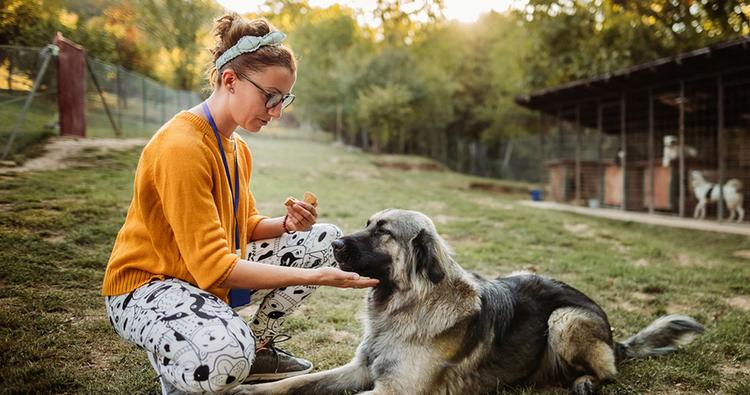
Shelters & Rescue

Shelters & Rescue

Shelters & Rescue

Shelters & Rescue
Because rescue kitties deserve your crowdfunding cash, too.
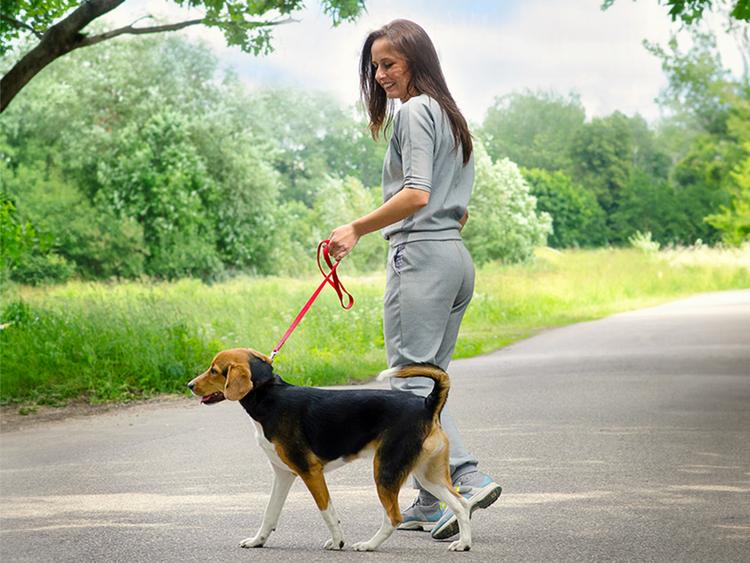
Shelters & Rescue
Daily walks are crucial for pets, especially for shelter dogs waiting for adoption. Learn how you can become a volunteer dog walker with these helpful tips.
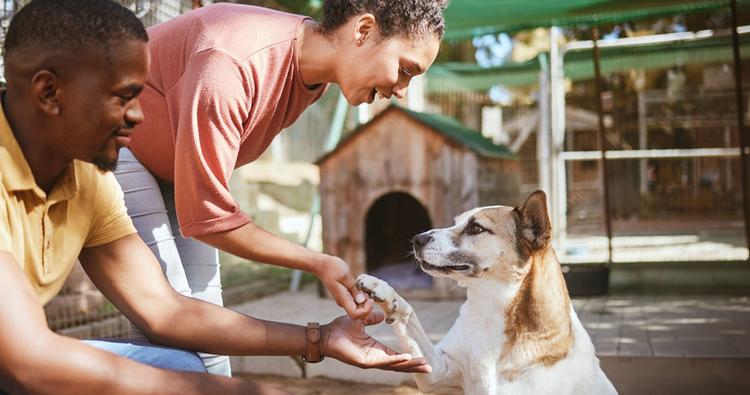
Shelters & Rescue
Looking to adopt? Here are some helpful guidelines on finding a reputable pet rescue organization.

Shelters & Rescue

Shelters & Rescue
Not every cat will be a match for you (and vice versa). Here’s how to find “the one.”
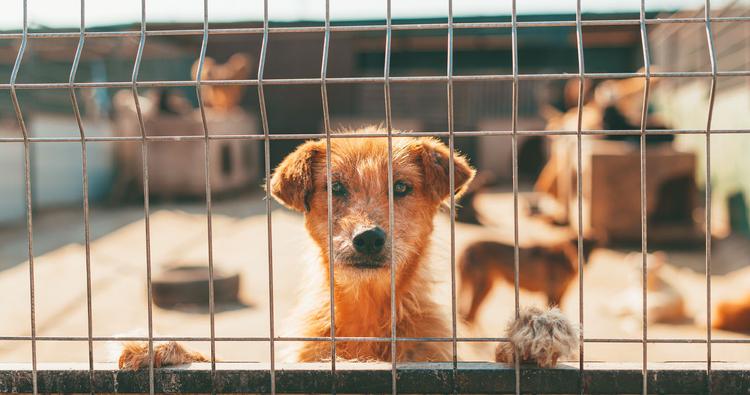
Shelters & Rescue
Read on for the grim statistics and hopeful solutions to this national problem plaguing shelters and rescues alike

Shelters & Rescue
Here’s how to make an effective lost dog poster — whether your pet is missing or you found a stray pup — and increase the chances of a safe homecoming
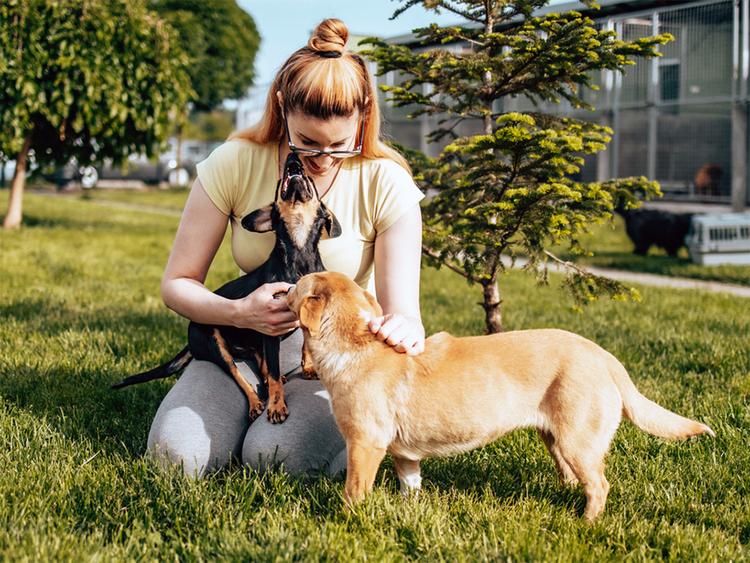
Shelters & Rescue
If you’re in search of a pup with a big personality in an adorably small package, you’ve come to the right place.
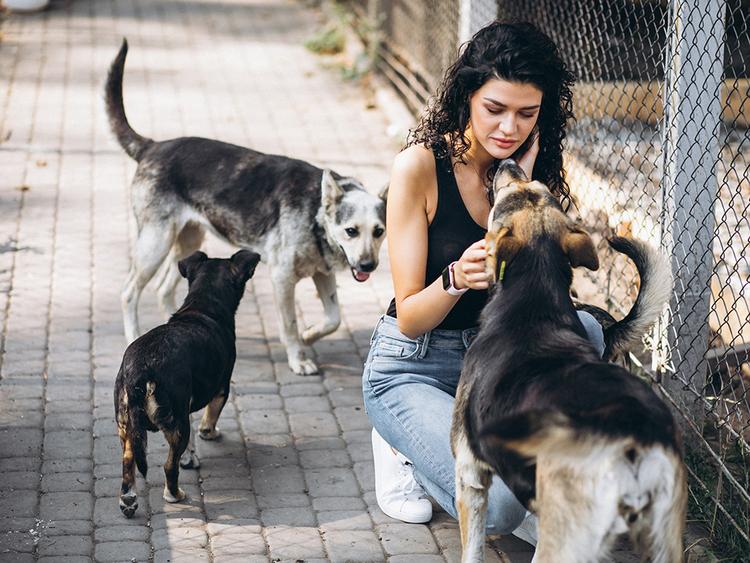
Shelters & Rescue